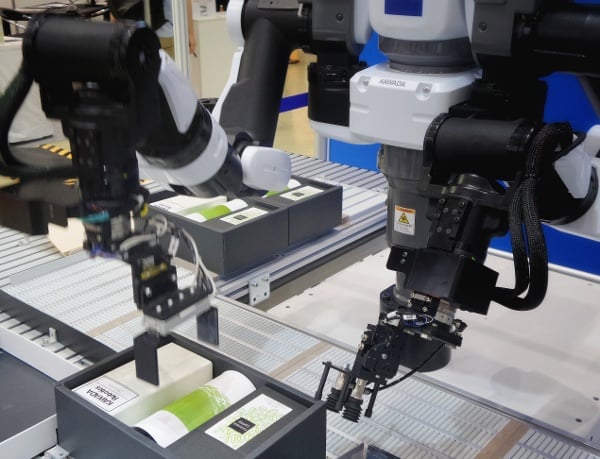Jigs and fixtures are key to keeping manufactured products consistent, with inspection and quality control expenses reduced significantly. Jigs are tools created as a guide for manufacturing a product, they work by holding a manufacturing tool in place as it carries out a repetitive task. Fixtures are used to hold the product in a fixed position.
Jigs & fixtures can help streamline manufacturing processes and have a range of other advantages including:
- Improved repeatability
- Increased safety
- Simplified and standardised processes
- Time-saving
- The jigs and fixtures can have sensors added to enable them to be responsive
All of these benefits lead to a reduction in cost from time saving on setup processes, changeovers, reduction in scrap rates and simplifying the training process for new staff.
Traditionally, jigs and fixtures are made using CNC machining and are commonly metal which means they can be expensive to produce. However, not every jig or fixture has a requirement to be CNC machined using metal, using 3D-printed plastics can be a more beneficial approach to streamlining traditional manufacturing.
Why 3D Print over traditional manufacturing methods?
More Flexibility
Using 3D printing means that there is more flexibility in comparison to CNC machining. This is because additive manufacturing allows for more complex geometries to be created that could never be machined. The speed of 3D printing methods such as SLS and SLA allows the tools to be created quickly and design iterations can easily be tried and tested at a lower cost.
Using conventional manufacturing methods requires skilled workers to correctly program the machines and can take days or weeks to be completed.
Reduced Costs
Not only is 3D printing jigs and fixtures cheaper because you are creating them from plastic material as opposed to metal which costs more but time is money, and the speed it takes to 3D print is a lot quicker than CNC machining in many cases.
Instead of storing tooling inventory, additive manufacturing is a more on-demand approach. Jigs ad fixtures can be produced as and when needed. On top of this, once the part is designed there is no need for an operator to run the machine, the 3D printer is set to complete its build without intervention.
Faster Lead Times
Additive manufacturing techniques minimise errors, allow rapid production and fewer parts are needed to create a final jig or fixture. This reduces the time taken to get the manufactured parts ready to be used in full-scale production runs.
Greater Material Variety
Different jigs and fixtures may require different properties to be functional. A wide range of materials are available to use in 3D printing. These materials can hold different properties such as being fire-resistant, having a higher thermal or chemical resistance, different hardness or flexibility and more. This enables the jigs and fixtures to be made to specified requirements and tested in different materials if the first iteration doesn’t work as well.
Irregular Shapes and Complex Geometries
Additive manufacturing enables complex geometries and irregular shapes to be made by adding material as opposed to subtracting it. A lot of jigs and fixtures are designed to be unique to a product and can require shapes and angles that can’t be simply executed using traditional manufacturing methods.
Reduced Weight
Heavier jigs and fixtures can be difficult to use and cause a lot of energy to be consumed. Plastic parts that are 3D printed are on average 6 times lighter than metal parts, meaning they are easier to move around and will use less energy.
Streamlining bespoke jigs & fixtures
Whether you have a fixture within automated machine operations, electronic assembly lines, foundries or other production facilities, changing the way you manufacture them may be the key to saving time, money and increasing productivity as well as the output volume of your manufactured products.
Make your supply chain more efficient by exploring the potential of additive manufacturing, over traditional methods.
Want to discuss how you can streamline your jigs & fixture productions through our services? Contact our sales team today.



.jpg)
